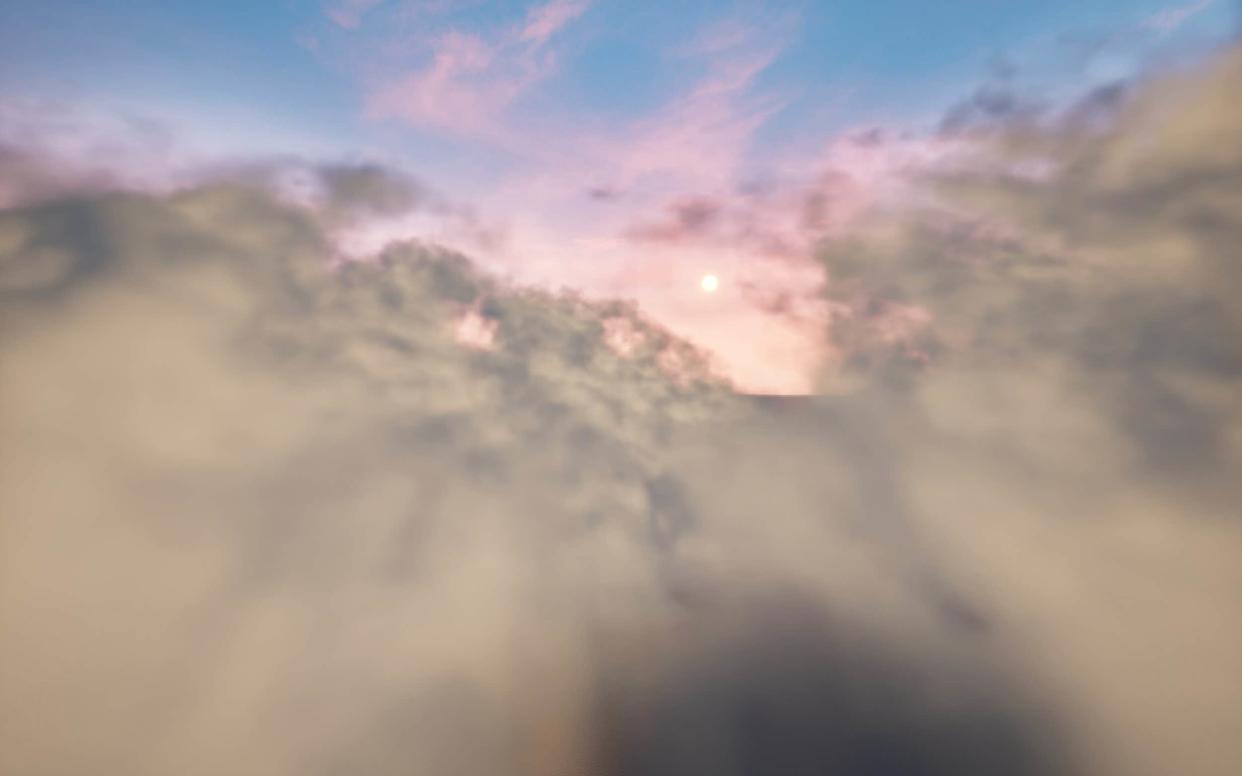Antony Gormley, Lunatick review, The Store X: this lifeless VR piece is no step forward for the artist

On July 26, it’ll be 50 years since man first walked on the Moon. But only 12 men have ever made those steps, and it’s been 46 years since the last one. For most of us gazing up each night, outer space is an inaccessible realm.
Antony Gormley’s new artwork Lunatick, co-created with the astrophysicist Priyamvada Natarajan, won’t let such inconvenient facts get in the way. In designing it, Gormley has set aside the four decades of superb sculptural practice that earned him a knighthood and a Turner Prize, to allow you to visit the moon in virtual reality.
Goggles on, you begin on a tiny Pacific island, standing alone, as you remain throughout. Press your controller, and off you go, wandering down the empty beach, or through glassy breaking waves. Crane your head, turn around; there’s big wide blue on every side.
Lunatick seems like a game, but Gormley’s leash is tight. After a few minutes, you automatically drift up into the clouds, then on the Moon. Here, the developers have had to cheat. Due to bandwidth constraints, they could only model a limited zone, and rather than force you to wade through gravity, they’ve granted you the power to hover and fly. All virtual, no reality: your belief is suspended by a pretty thin thread.

What a curious work to make. In the real world, Gormley’s sculptures punctuate cities, beaches, all kinds of earthly expanse. His figures, cast in fibreglass and iron, give us ways of considering human scale and how lonely or full a space can be. But in outer space, there’s no humanity to measure. The island in Lunatick is pretty and lifeless; the Moon is lifeless too; the clouds swish lifelessly by.
All this lifelessness may be accurate, but it’s unaffecting, too. As an “experience”, there’s little here that video games couldn’t do better 15 years ago. (I know; I played them.) I felt a twinge of vertigo twice, once when looking down through the clouds, once when dropping into a crater on the Moon. But the resolution of the lunar surface is poor, in the name of fidelity to existing satellite maps – and even so, the software has trouble keeping up. Every niggle distracts.
Most of the disappointment can be laid at the door of VR. For all its current artistic vogue, the technology just isn’t yet there. Gormley’s 12-minute work is the fourth such installation I’ve seen this year, and there wasn’t an “immersive” one among them. Lunatick, then, is not a giant leap for technology in art. It’s no step forward for the artist, either.
Until April 25, Store X, London thestores.com